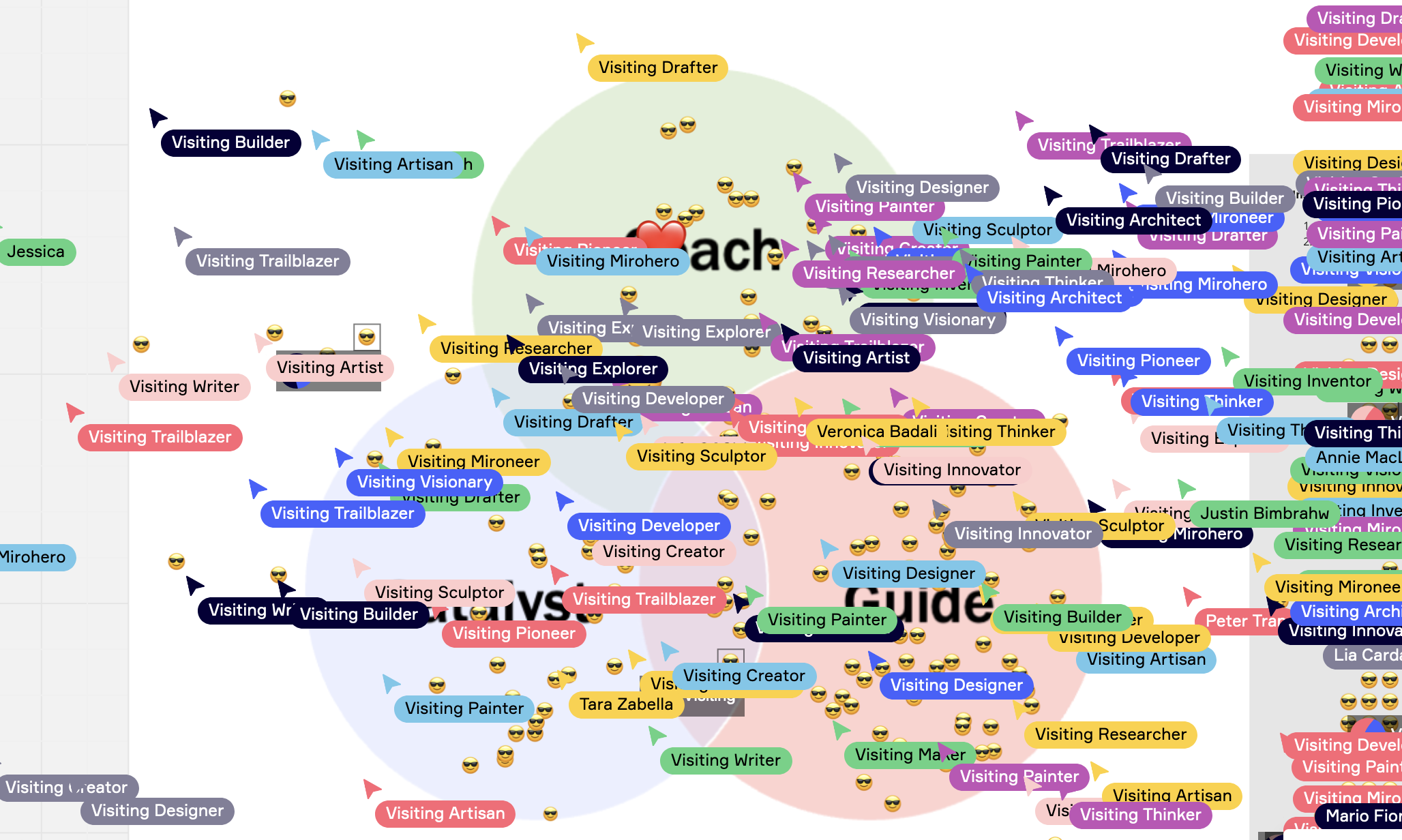 Petro Podrezo Software Engineer
Petro Podrezo Software Engineer
This article is a summary of the presentation “Alumni Career Series: How to Rock an Online Presentation” by Dani Bristow presented at the University of Toronto on June 27, 2023. I also added a few of my own thoughts and experiences to the article.
How to Rock an Online Presentation
In the realm of remote work and technical presentations, engaging an audience behind screens presents unique challenges. This guide delves into effective strategies for captivating your virtual attendees, ensuring your message not only reaches but resonates with them.
Engaging Your Virtual Audience
Wondering if your audience is more than just profile pictures? The key lies in transforming passive listeners into active participants. Unlike in-person settings, online presentations demand innovative approaches to maintain focus and interest. Engage directly, breaking the digital fourth wall with questions and interactive elements to create a two-way communication street. This strategy not only captures attention but also fosters a sense of community among participants.
The Role of a Facilitator
Effective facilitation is the backbone of a successful presentation, emphasizing the journey rather than the destination. It’s about creating an inclusive space where every participant feels valued and engaged. Utilizing tools like AhaSlides can enhance interaction, but it’s crucial to avoid overwhelming your audience with technology. As a facilitator, think of yourself as a coach, catalyst, and guide, focusing on nurturing a collaborative environment rather than leading the conversation. Remember, the first 10 minutes are critical for setting the energy and tone of your session; ensure that you set the appropriate energy and tone for the conversation you’re about to have.
“Diamond of Participation”
Your presentation should start with a cohesive goal and then you should allow ideas to diverge from there into whatever points you wanted to make. It could be worth it to gather ideas and inputs from your participants. Structure your presentation to start and end on high notes, allowing for exploration in between. Ensure that convergance is reached in the end by bringing things home to the original goal.
Personalizing the Experience
Understanding your audience is vital to avoid the dreaded “groan zone.” Tools such as Wooclap, used for creating word clouds, can offer insights into your participants’ thoughts and preferences, tailoring the session to their interests. The concept of “Universal Design for Learning” suggests varying your approach to cater to individual and collective thinking modes. For solitary reflection, consider moments with cameras off and background music. For collaborative segments, encourage camera use, breakout rooms, and interactive discussions.
Leveraging Digital Tools for Enhanced Interaction
In the digital age, platforms like Butter offer creative ways to engage your audience with interactive elements, from polls to Q&A sessions. These tools not only make your presentation more dynamic but also help maintain focus and interest throughout the session.
By adopting these strategies, you can elevate your online presentations from mere information sessions to engaging, interactive experiences. The essence of a compelling presentation lies not just in the content but in how you connect with and involve your audience, turning every presentation into an opportunity for shared learning and connection.
Ensure you use the right tool for the job too; tools like Miro can be great for small groups but terrible for large groups due to the amount of chaos that can ensue. Tools like AhaSlides are great for large groups but can be overkill for small groups.
